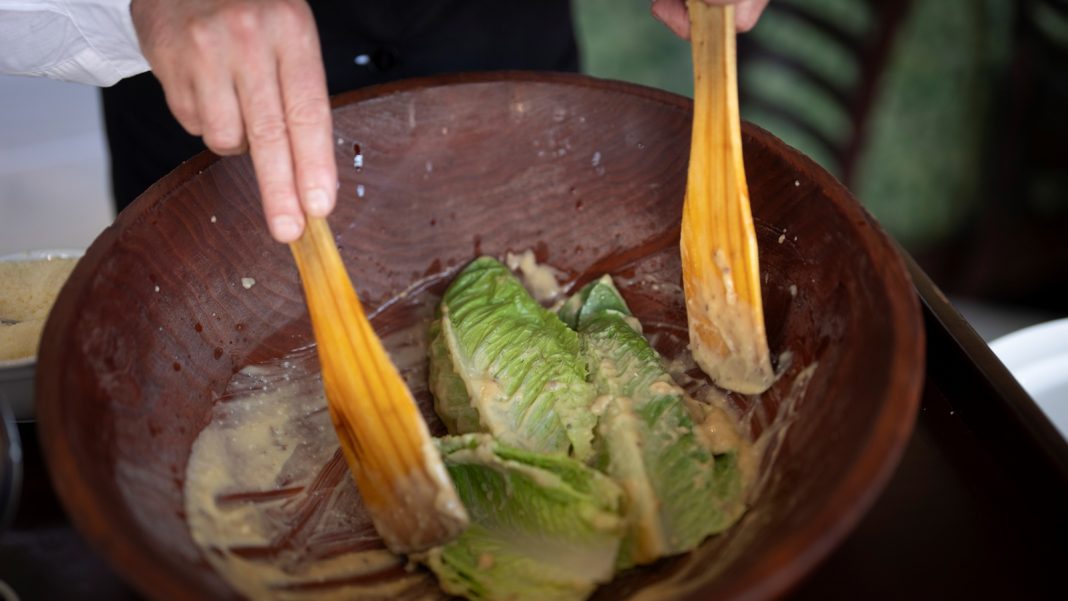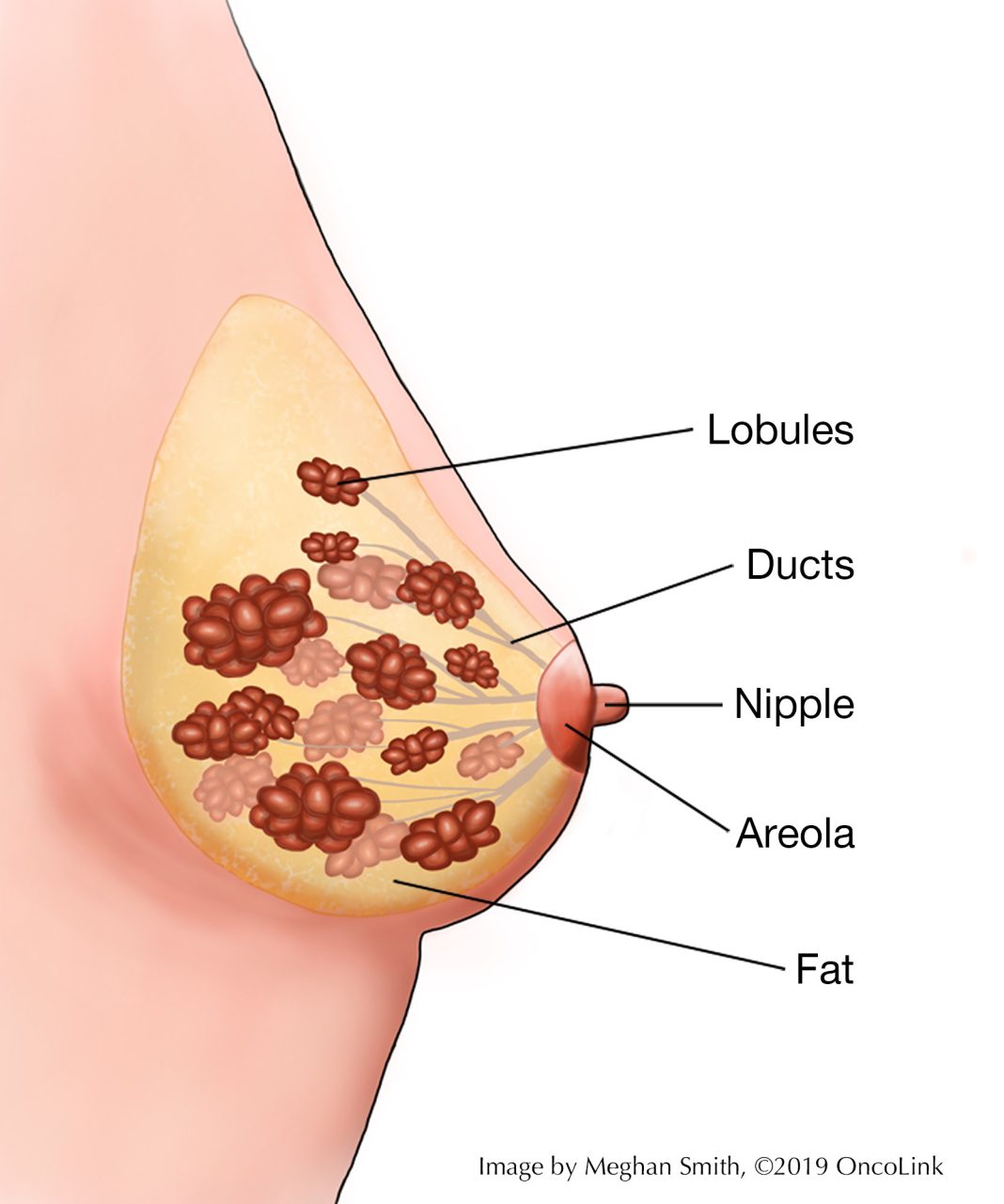The origins of the beloved Caesar salad can be traced back to July 4, 1924, when Italian immigrant Caesar Cardini created the dish at his restaurant, Caesar’s Place, in Tijuana, Mexico. The creation of the salad was prompted by an influx of Californians crossing the border to escape Prohibition, causing Cardini to come up with a flavorful and satisfying dish to cater to the growing demand.
The original Caesar salad was made by tossing whole Romaine leaves with ingredients readily available at the time, including garlic-flavored oil, Worcestershire sauce, lemons, eggs, and Parmesan cheese. This simple yet delicious combination became an instant hit, and Caesar’s Place continues to serve up to 300 Caesar salads daily.
Unlike other dishes from the early 20th century that have faded into obscurity, the Caesar salad has remained a perennial favorite. According to Technomic, a restaurant consulting firm, around 35% of restaurants in the United States feature Caesar salad on their menus. Additionally, Nielsen IQ reports that nearly 43 million bottles of Caesar salad dressing, worth $150 million, were sold in the U.S. in the past year.
Beth Forrest, a professor of liberal arts and applied food studies at the Culinary Institute of America, explains that it took some time for Caesar salad to become mainstream. It wasn’t until the 1951 edition of the popular American cookbook “Joy of Cooking” that a recipe for Caesar salad was included. During the 1960s and 1970s, it became common for Caesar salad to be prepared tableside, adding an element of spectacle and sophistication.
Forrest further notes that the appeal of Caesar salad lies in its ability to satisfy both crispy and creamy textures, which are preferred by Western palates. The egg yolks and Parmesan cheese in the salad are also rich in glutamate acids, providing the umami flavor that gives the dish a deliciously salty taste. She describes the salad as a hedonistic indulgence that still allows diners to feel virtuous since, after all, it is a salad.
The enduring popularity of Caesar salad can also be attributed to its versatility. Chefs have created numerous variations, adding ingredients such as chicken, bacon, salmon, kale, Brussels sprouts, and different dressings made from miso paste or tofu. At Beatrix, a chain of restaurants in Chicago, chef Andrew Ashmore combines yogurt-based dressing with capers, parsley, lemon vinaigrette, and champagne vinegar before adding little gem lettuce, baby arugula, bread crumbs, and Grada Padano cheese.
While there are debates about the exact origins of the salad, with some attributing it to Livio Santini’s mother and others to Caesar’s brother Alex, food historian Beth Forrest suggests that the recipe reflects elements of old Italian specialties. It bears similarities to pinzimonio, a dressing of olive oil and lemon juice used as a vegetable dip, as well as bagna cauda, a hot dip made with anchovy and garlic from the Piedmont region where Cardini was born.
Caesar Cardini’s dedication to his original recipe is evident. His daughter Rosa Cardini revealed in a 1987 interview that her father took great care in preparing the salad, using only the tender inner leaves of Romaine lettuce and leaving them whole for diners to pick up with their fingers. He boiled the eggs for precisely one minute and did not use anchovies, contrary to some alternative versions of the salad.
Caesar Cardini’s legacy lives on through his family company, which was taken over by his daughter Rosa in 1956. Under her leadership, the company expanded to include 17 other dressings. In 1996, Cardini Foods was acquired by T. Marzetti, a renowned maker of dressings and dips, who still sells the Caesar Cardini’s brand dressings today.
As Caesar salad celebrates its centennial, it is clear that this iconic dish has stood the test of time. Its simple yet flavorful combination of ingredients, versatility, and ability to cater to Western taste preferences have made it a beloved classic. Whether enjoyed in its original form or with various creative twists, Caesar salad continues to be a staple on menus and in households across the United States and beyond.


